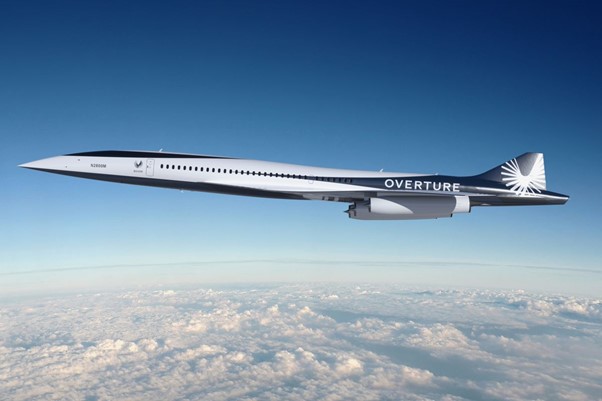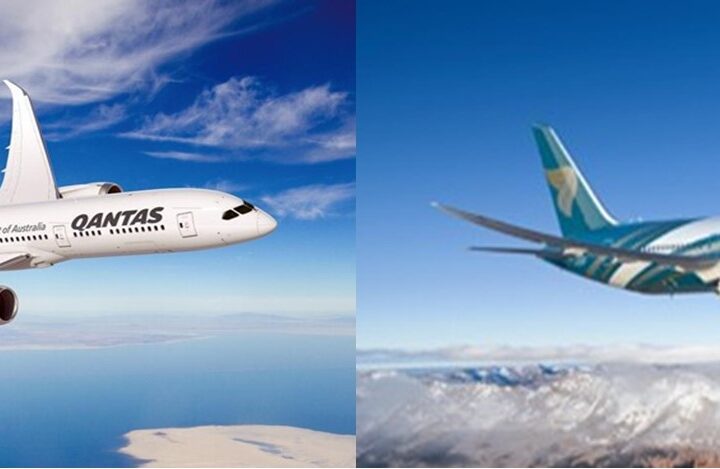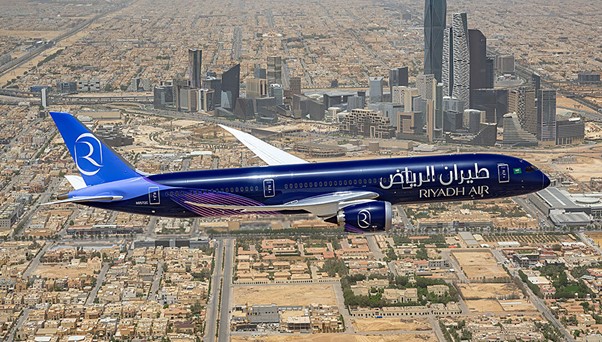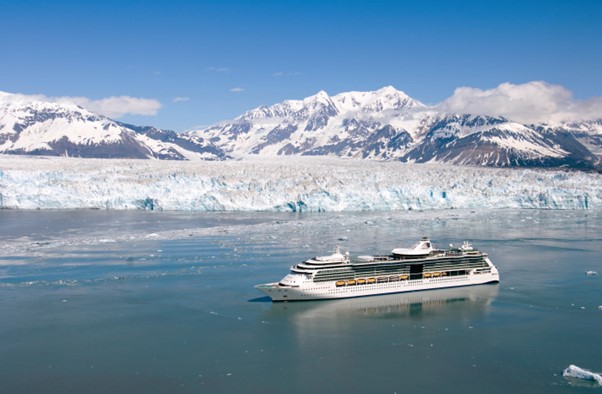
Photo: Courtesy Air New Zealand
In a landmark move for sustainable aviation, Air New Zealand has selected Wellington and Marlborough Airports as the launch ports for its pioneering all-electric aircraft. The airline’s commitment to a greener future took flight with the acquisition of the next-generation ALIA CTOL aircraft from Beta Technologies, signalling a new era for eco-friendly air travel.
The collaboration with NZ Post will initiate a cargo-only service, laying the groundwork for a wider adoption of electric aircraft in commercial aviation. Wellington Airport is poised to be the hub for this innovative fleet, while Marlborough Airport is preparing to bolster the venture with crucial charging infrastructure.
Kiri Hannifin, Air New Zealand’s Chief Sustainability Officer, underscored the importance of the commercial demonstrator in readying the New Zealand aviation system for a shift to lower emissions aircraft. ‘The collaboration with Wellington and Marlborough airports is crucial in paving the way for next-generation aircraft capabilities within our business,’ Hannifin emphasized.
Wellington Airport’s chief executive officer, Matt Clarke, shares the enthusiasm for this sustainable leap. Clarke views hosting the commercial demonstrator as a significant victory for the airport and a critical step towards decarbonizing aviation. “This partnership is more than just an operational milestone; it’s a commitment to the environment and future generations,” Clarke remarked.
Dean Heiford, Marlborough Airport’s Chief Executive Officer, also expressed pride in joining forces with Wellington Airport and Air New Zealand to spearhead the trial of cutting-edge aviation technology. “Our joint efforts in hosting the demonstrator not only advance our sustainability goals but also reinforce Marlborough’s role in ensuring seamless connectivity across the Cook Strait,” Heiford said.
As Air New Zealand gears up to introduce these electric aircraft into service, the move is celebrated as a visionary step towards reducing the aviation industry’s carbon footprint. It’s a clear testament to the airline’s dedication to innovation and environmental stewardship, setting a global example for integrating sustainable practices in aviation.
 Air New Zealand and BETA Technologies Launch First Electric Aircraft in Tauranga
Air New Zealand and BETA Technologies Launch First Electric Aircraft in Tauranga  Supersonic Is Back: Boom Supersonic To Bring Fast Flights to the Skies by 2030
Supersonic Is Back: Boom Supersonic To Bring Fast Flights to the Skies by 2030  Cathay Pacific Elevates Its Membership Experience: Smoother, Simpler, and Better for Every Traveller
Cathay Pacific Elevates Its Membership Experience: Smoother, Simpler, and Better for Every Traveller  Malaysia Airlines Soars to New Heights: Named Among World’s Top 10 Airlines by Condé Nast Traveller
Malaysia Airlines Soars to New Heights: Named Among World’s Top 10 Airlines by Condé Nast Traveller  Oman Air–Qantas Partnership: Elevating Airline Loyalty and Middle East Travel for Australians
Oman Air–Qantas Partnership: Elevating Airline Loyalty and Middle East Travel for Australians  Riyadh Air Takes Flight: Inaugural London Route and Launch of Innovative Sfeer Loyalty Program Mark a New Era in Saudi Aviation
Riyadh Air Takes Flight: Inaugural London Route and Launch of Innovative Sfeer Loyalty Program Mark a New Era in Saudi Aviation  A New Icon Rises: Buddha‑Bar Hotel and Floating Residences Set to Redefine Dubai’s World Islands
A New Icon Rises: Buddha‑Bar Hotel and Floating Residences Set to Redefine Dubai’s World Islands  Royal Caribbean Reveals Summer 2027 Adventures to Alaska
Royal Caribbean Reveals Summer 2027 Adventures to Alaska  Santa Lucía Jungle Hacienda Opens in Costa Rica’s Pacific Highlands – Where Luxury Meets Wild Rainforest Adventure
Santa Lucía Jungle Hacienda Opens in Costa Rica’s Pacific Highlands – Where Luxury Meets Wild Rainforest Adventure  Full Metal Cruise XIII Returns in 2026: Europe’s Loudest Cruise Turns the Mediterranean into a Sea of Metal
Full Metal Cruise XIII Returns in 2026: Europe’s Loudest Cruise Turns the Mediterranean into a Sea of Metal 